Sought-after Byron Bay ‘a victim of its own success’ amid property frenzy and crowds
They’re calling it “Byrondi” – Byron Bay is morphing into Bondi – crass, commercial, overpriced and a victim of its own success.

NSW
Don't miss out on the headlines from NSW. Followed categories will be added to My News.
They’re calling it “Byrondi” – Byron Bay is morphing into Bondi – crass, commercial, overpriced and a victim of its own success.
The sought-after north coast town, famed for its laid back attitudes, surf beaches and “creative DNA” is now beset by parking woes, traffic gridlock, priced out locals and skyrocketing costs.
Last summer the local pubs were slammed as the most expensive in Australia, with holiday-makers complaining about pints of bear costing nearly $20, while TripAdvisor is rife with scathing reviews of the beautiful beach town.
That’s despite the hotspot being such a celebrity and society magnet that it was dubbed “Little Hollywood” five years ago.
While Paul Hogan originally moved there back in the 1980s and his manager John “Strop” Cornell bought the main pub in 1990, it has been the big influx of stars in recent years that’s brought the spotlight on the seaside town.
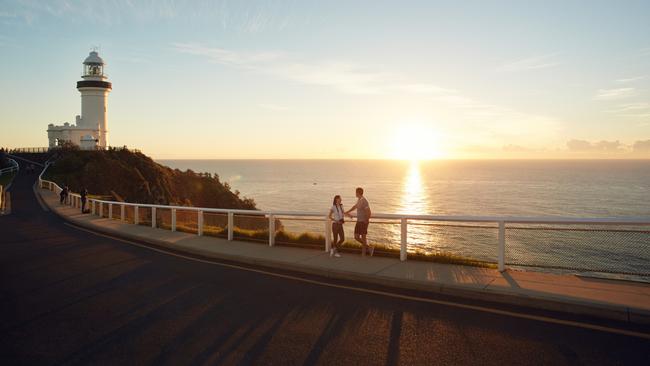
Names like Chris Hemsworth, Elsa Pataky, brother Liam Hemsworth, Matt Damon, Zac Efron, Melissa McCarthy and Nicole Kidman have all either set up camp or had extended stays in the seaside town.
But the ever increasing numbers of tourists making a beeline for Byron are getting a rude shock. Comments such as “Noisy, smelly, crowded way over priced”, “disappointing” and “over rated, too busy, way too expensive” are now typical on many on the review sites.
There’s only one road in and out of town and locals say on a Friday afternoon it can take up to an hour of gridlock to escape onto the highway.
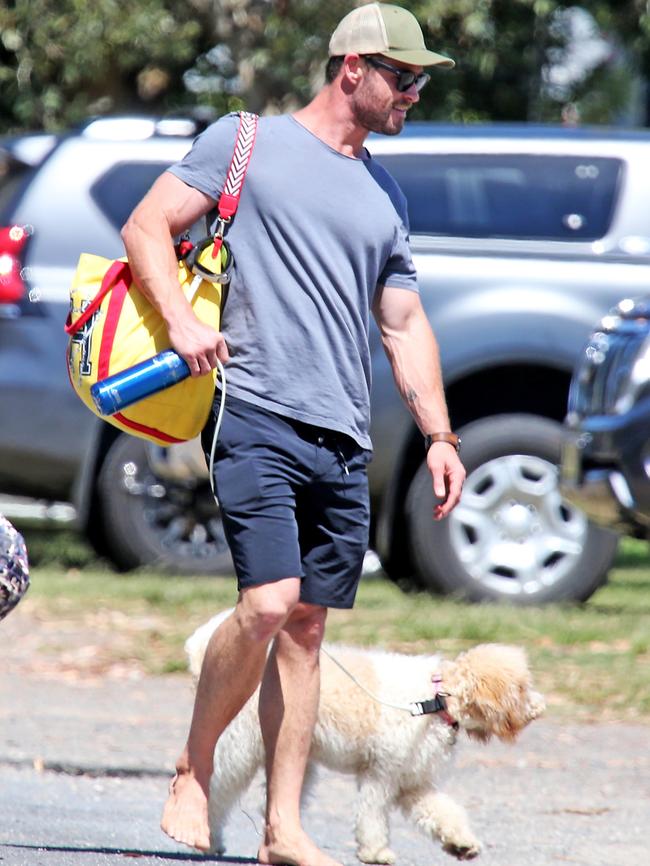
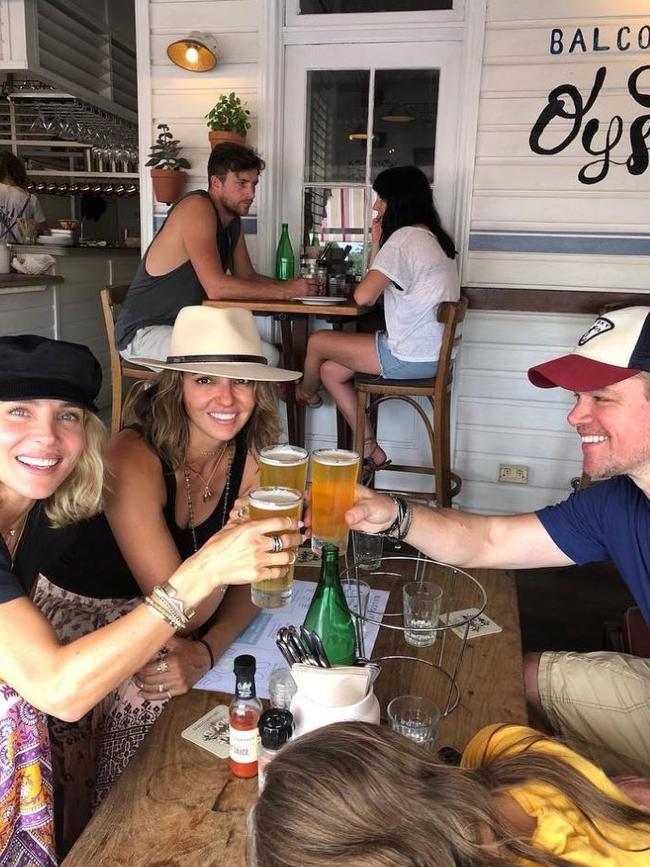
And astronomical house and rental price increases - which have forced out many locals – have sparked a situation so bad during the last summer holidays “restaurants, retail and business were on reduced hours or not even opening at all on some days” because they couldn’t get workers, Byron Mayor Michael Lion says.
Little surf town
Former resident and community worker Lyndall Murray ended up moving to Evans Head several years ago, after giving up on her dream of buying a house there. She was able to save thousands of dollars every month, but the prices just kept rising at the same time.
When she was first living there with friends in the earlier 2000s, “it was just a little surf country town by the beach”.
“The DNA of the community was art and culture,” she says. “It was the fabric of the community, a bit like Newtown.
“All the artists and musicians, all the creative folk and free thinkers – the culture creators – moved into Byron.
“Then the city folk looked at that as escapism from the daily grind of the nine to five. And so they would come up at the holidays and experience this crazy, culturally rich artistic music haven.
“And they would think ‘I want some of that a more permanent basis’.”
She says over time celebrities too wanted to come and “experience this authentic, free thinking, culturally rich life experience”.
But the advent of social media amplified that effect exponentially, as well as the pandemic push to work from home.
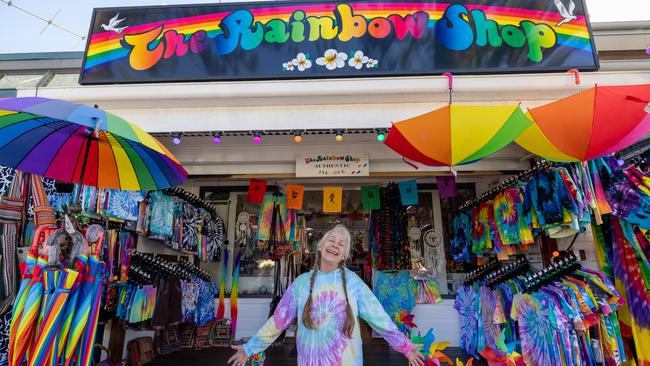
In 2016 Ms Murray was paying just $180 a week for a room “in a mansion”, shared with friends. The house later sold for $6.6 million.
“It’s been gentrified, there’s fine dining restaurants and luxuries you would have in the city and that’s destroyed the heart of the town,” she says.
“I call it Byrondi now.”
Losing its flavour
Wendy Venuz, the owner of Byron’s iconic Rainbow Shop for the past 45 years, said she was woried the town was losing its “uniqueness”.
“We were unique because we were different,” she said.
“And now they’re trying to make us the same, with more chain stores everywhere because the cost of the rent is too high for many of the old businesses.”
Social researcher Mark McCrindle says the trajectory Byron has been on – where popularity grows to the point where demand starts exceeding supply – has traditionally happened in big cities like Sydney.
“The challenge with an area like Byron and coastal communities in general is that they‘re not as well-served with main highways because of the environmental sensitivities of being coastal, and you end up with narrow passages in and out,” he said.
He says the types of people attracted to such locations don’t like development, so they are often not in favour of more housing or massive infrastructure to make it more accessible.
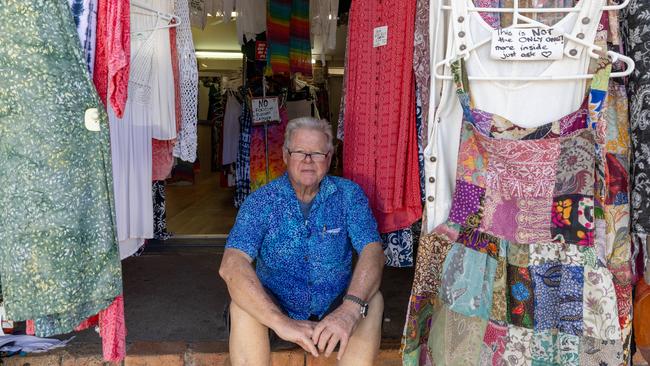
Rob Bass, who has lived in Byron ever since he left South Africa to travel the world as a teenager, said he wouldn’t be able to afford to live in a place like Byron if he hadn’t moved there almost 50 years ago.
He said the town was “absolute heaven”.
“Just this morning I was out on the beach with my dog and it was absolute paradise out there - there were six whales, dolphins,” he said.
Third cycle of life
Social geographer and Byron local Tricia Shantz, who has written a book Neverland, about American and Australian surfers who came to Byron in the 1960s and 1970s, points out that the town wasn’t always so beautiful.
“It wasn’t a very beautiful town when they were slaughtering whales and pigs, mining the beaches and had meatworks on the beach, whaling stations and jetties out the front,” she says.
“Now that we’ve got the big, big money coming in, people are feeling this pressure and looking at it and thinking its big now, but as my next book is showing, it’s actually been big and under pressure since the sixties.”
Long-time local Rusty Miller said with rising rental prices and the ongoing fight against overdevelopment, the town was about to enter the “third cycle” of its life – after it had already transformed from an industrial town into a tourism mecca.
“I don’t know what this next stage is going to look like,” Mr Miller said. “But I am still positive about Byron’s future and I love this town.”
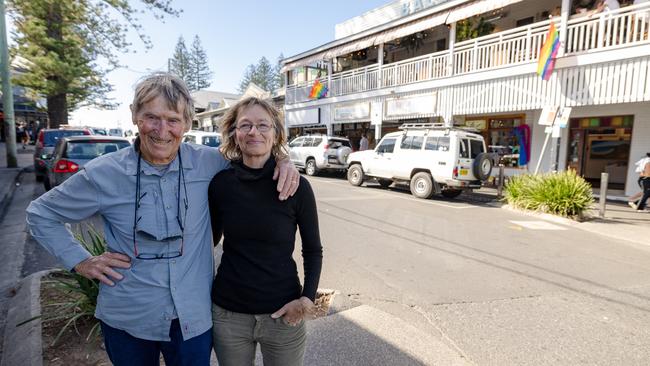
The town’s population swelled by tens of thousands this weekend for the annual Splendour in the Grass music festival. Elle Barker, Emily Andrewartha and Bethany Jarvis, who were visiting from South Australia, were taking photographs of each other at some of the area’s most scenic locations.
“It’s great, we love it here – even more than we expected to,” Ms Barker said.
Mayor Lion says you can’t stop a place becoming more popular, or new highways bringing more people – but you need strong regulations in place to limit short term letting.
“Existing homes are being gobbled up,” he said. “We need to have enough homes to house the workers we do have.”
He cites the lack of workers during the last holidays and says the tourism industry ended up “eating itself because it created too many opportunities for people to come here and not enough opportunities for people to service those people”.
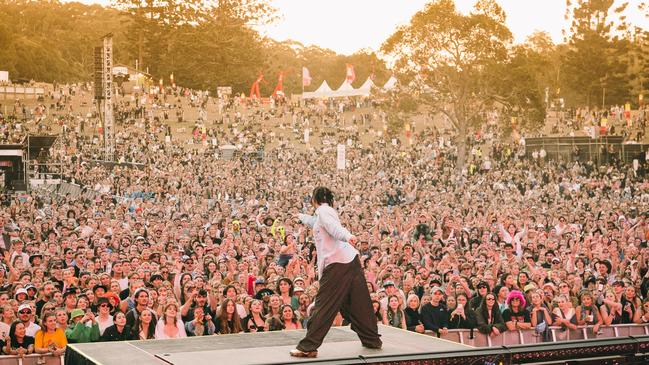
Many locals back an Independent Planning Commission recommendation to limit short term holiday rents to 60 days, with a report now in the hands of NSW Planning Minister Paul Scully.
But don’t despair.
People hoping for affordable housing with a high liveability factor can still look for other hidden “bargains” around NSW says Mr McCrindle.
“There will be more because we’ve got a great coastline, there’s also the south coast and the Highlands and other undiscovered little gems that will emerge over time,” he said.




